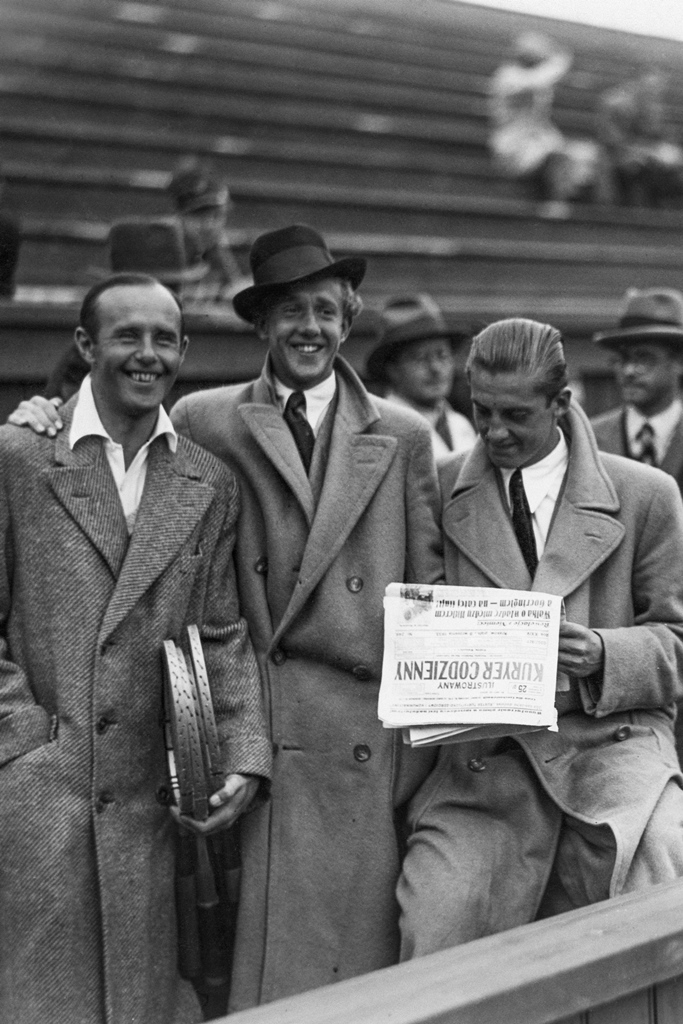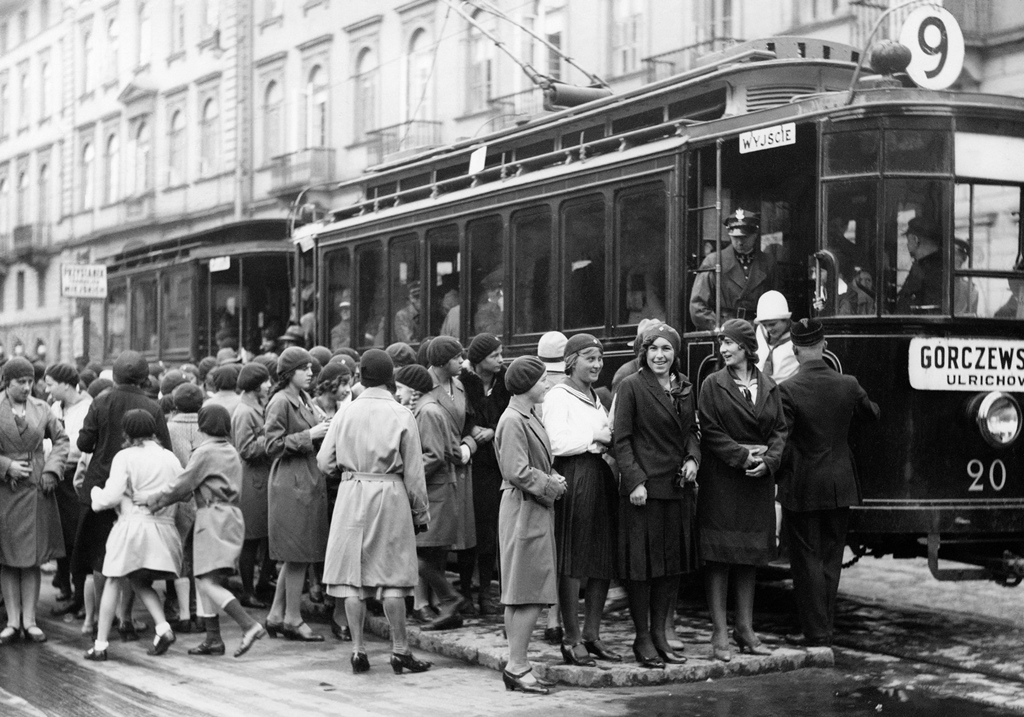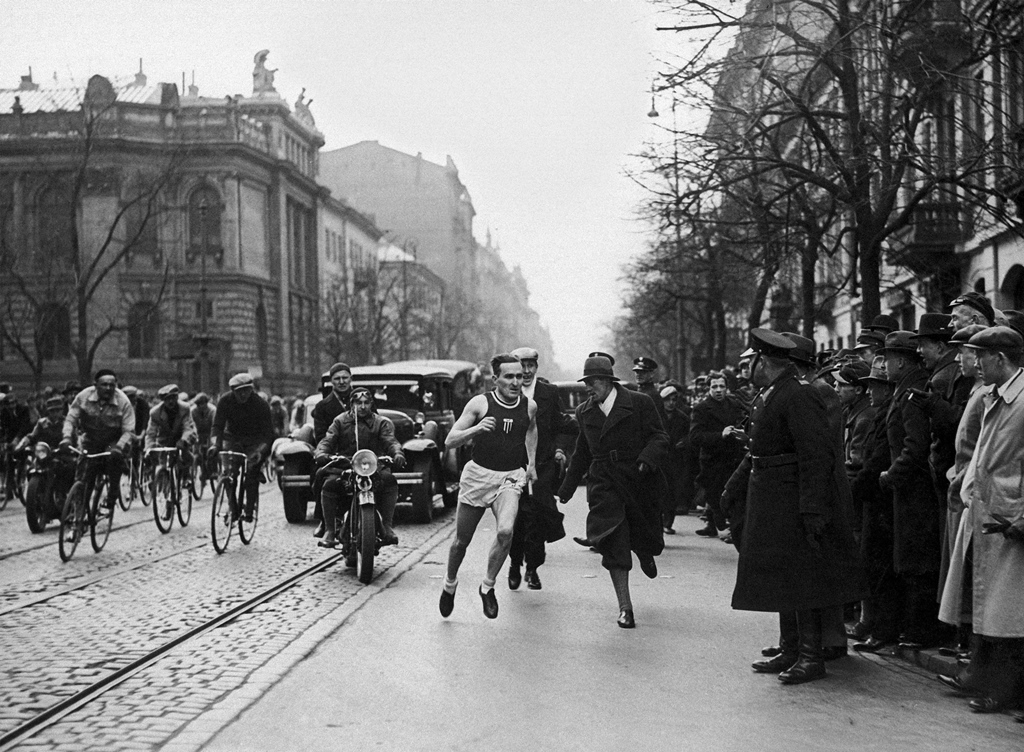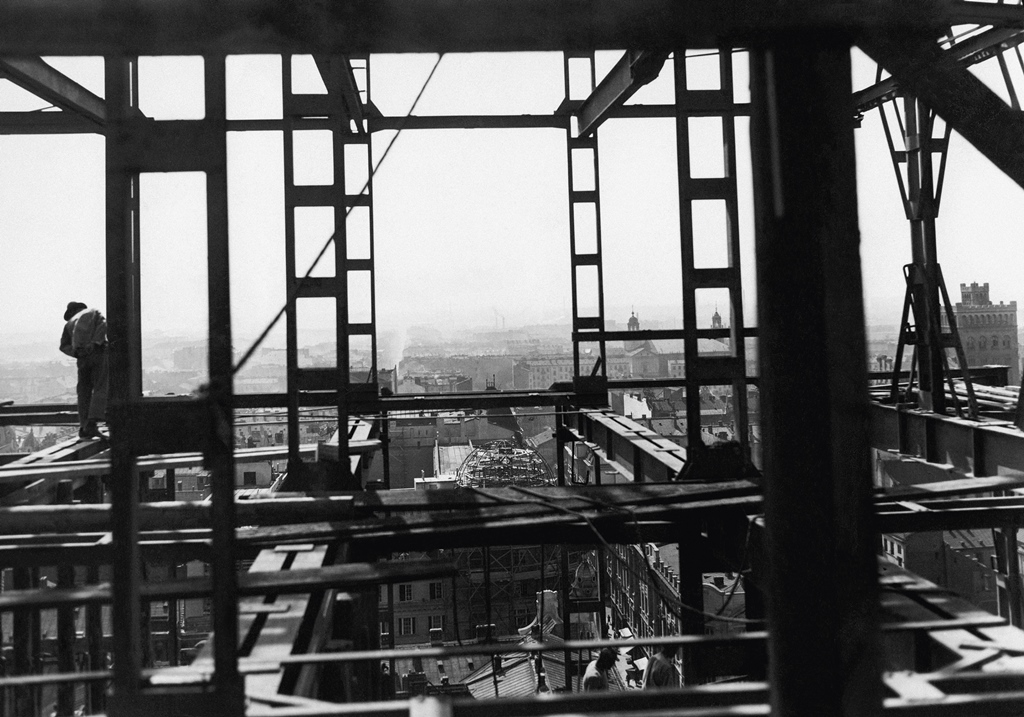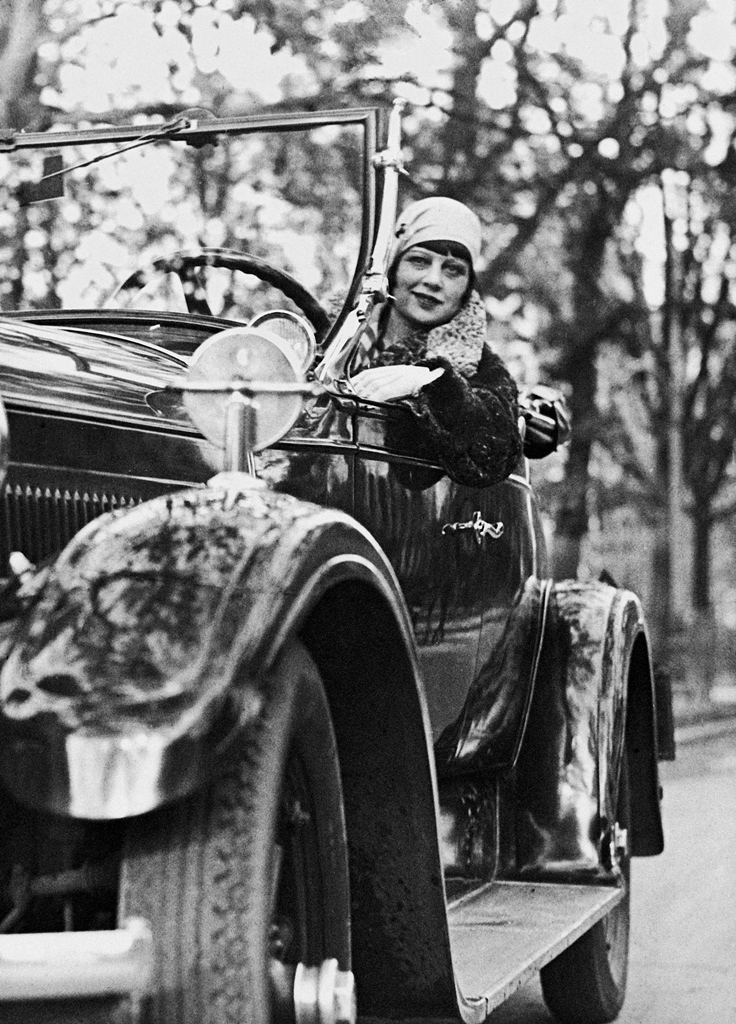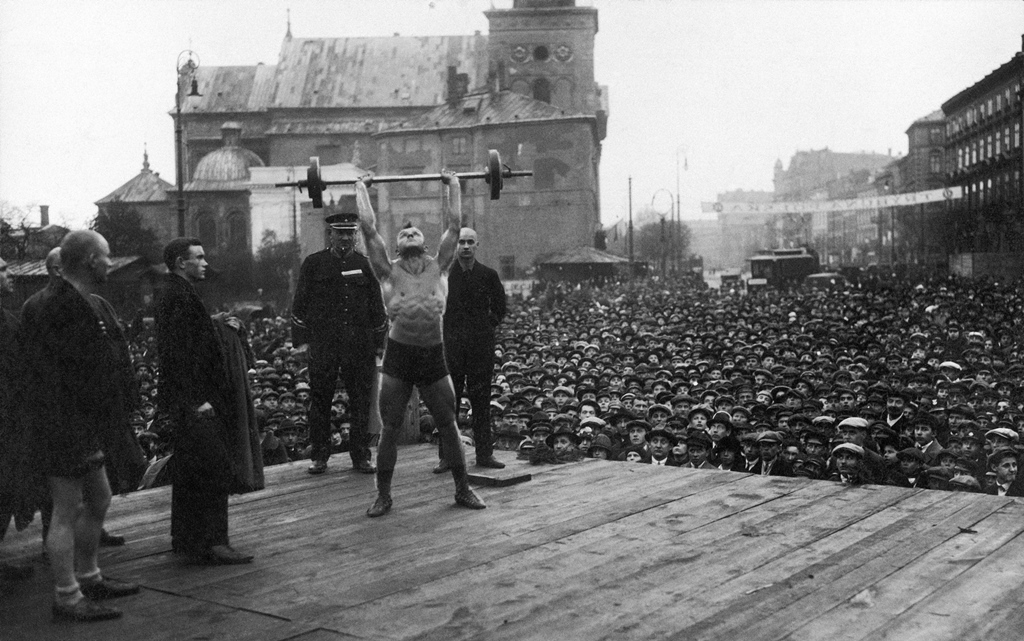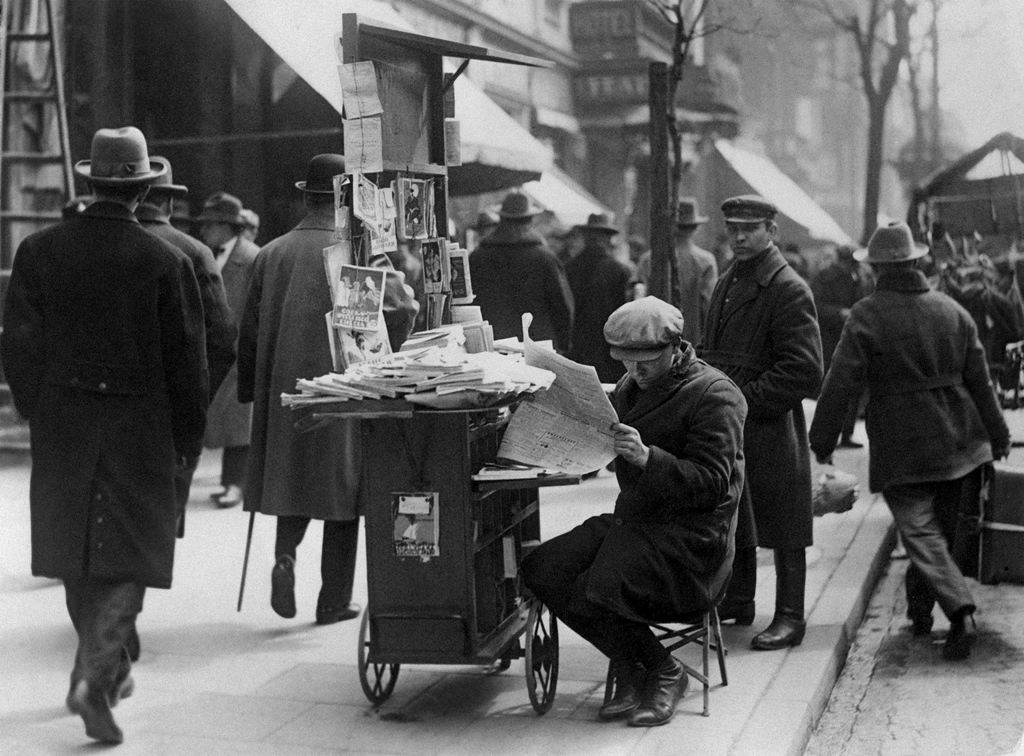We are proud to present the exhibition Regained. A photo essay from Warsaw 1918-1939 as part of the centenary celebrations of regaining independence by Poland. It is a picture story about the city, a stroll down the streets and hidden corners of pre-war Warsaw, a close encounter with its inhabitants. The exhibition curators, Anna Brzezińska and Katarzyna Madoń-Mitzner, aimed to reveal how the capital of the Second Polish Republic was changing and developing in only 20 years between the two wars and what the Warsaw street was absorbed in at that time.
Katarzyna Madoń-Mitzner: some of the themes are still topical, some evoke nostalgia, whereas others amuse or surprise by their idiosyncrasy. Yet some of them touch, defy the stereotypical perfect image of the capital of the Interwar Poland. We wish to show the real degree of independence in that epoch.
The curators evoke the images of life of the capital back in the day thanks to the original selection of pre-war press photography. Along with the exposition in the HMH gallery, there is an exhibition in Jan Twardowski Square. The total of three hundred photographs from Światowid agency publishing for the Illustrated Daily Courier syndicate will be available on view to the public. We will show the photographs from the collection of the National Digital Archives, the main partner of the exhibition, taken by Henryk Poddębski, Narcyz Witczak-Witaczyński, Leon Jarumski, and Jan Binek among others.
Anna Brzezińska: The photographers from the twenties and the thirties of the 20th century were the pioneers of reportage photography in Poland. 135 films, such as Leica with its excellent sharp focus lens, were gaining in popularity. Light and compact equipment allowed for unrestricted mobility and proximity to the photographed object. Thanks to the photographers’ passion and professionalism we may now admire this fantastic photographic documentary.
The photographers captured various aspects of city life as well as its key events. We will see different districts and streets, not only in the glamorous Śródmieście (city centre) but also in Powiśle, Czerniaków, as well as the Northern District, inhabited mainly by the Jewish population. Warsaw at the time was struggling with such social problems as poverty, homelessness, and unemployment, highlighted in the exhibition as well. On the other hand, it was the period of dynamic modernization of the city and development of Warsaw as the national capital. Shortly before the war a lot of edifices were erected, such as Prudential, the Courts in Leszno, Służewiec Horse Racetrack or Warsaw Main Railway Station, which burnt down in 1939, still before its official opening.
The exhibition, mainly composed of press photography, is complemented by a small display of art photography from that period. Beautiful photographs by Jan Bułhak, Zofia Chomętowska, Czesław Olszewski, Anatol Węcławski, Roman Vishniac, Alter Kacyzne present an utterly distinct perspective of the city. Pictorialism, fashionable at the time, as well as the fascination with modern blocks, light, and mood may all be found here.
The panoramic photo story is accompanied by the data organizing narrative – the timeline prepared by the varsavianist Jerzy Majewski, illustrated by the press photographs from the Illustrated Daily Courier.
The exhibition will be available from 13 January 2019 in the two galleries of the History Meeting House as well as outdoors, in Jan Twardowski Square.
Curators: Anna Brzezińska and Katarzyna Madoń-Mitzner
Organized by: the History Meeting House
The main partner: The National Digital Archives
Partners: The Polish Academy of Sciences (PAN) Archive in Warsaw, Stolica monthly
Design: KotBury (the HMH gallery), Kłaput Projekt (outdoor exposition)













